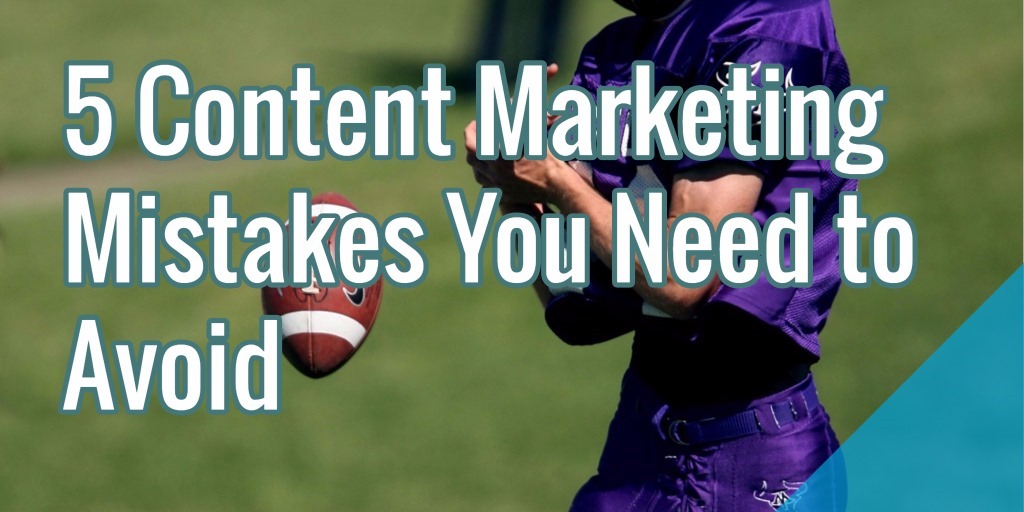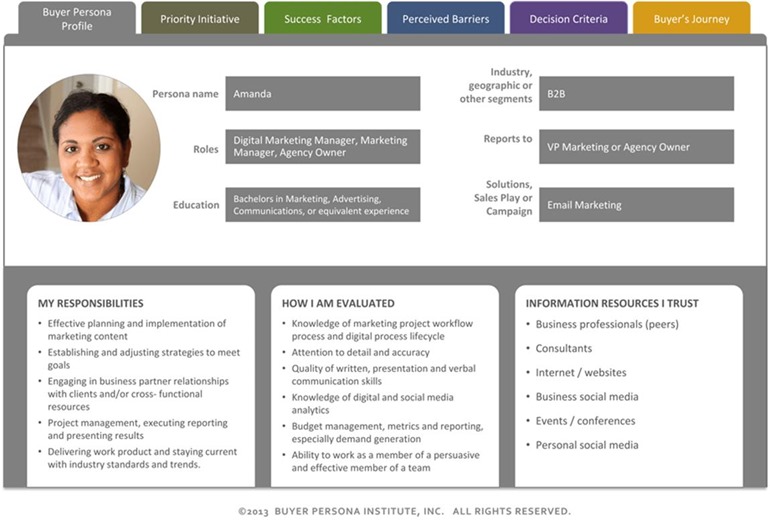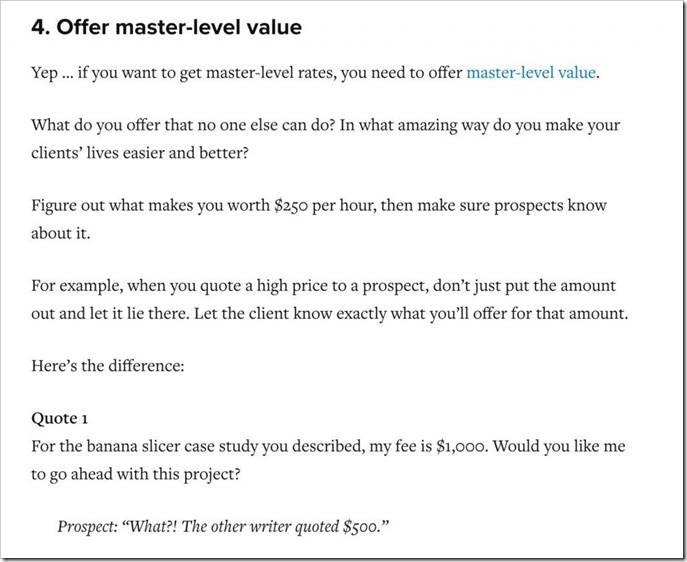Mistake #1: Not Creating Customer Personas Before you even being with your content marketing, you need to know who you are talking to. You can't just create content for the sake of it and write about something you want to. Images. Like any other type of marketing, the goal of content marketing is to attract, persuade, and convert your readers to do what you want them to do, one step at the time. A customer journey from not being aware your company exists to being a customer goes something like this: First, you attract a customer with a headline that makes them want to know more about your content. Mistake #4: Creating Generic Content In the third step of the previous mistake, I said once people visit your blog's to consume your content, they may share it if they find that your content is useful. Take your time, follow the steps, and focus on giving value to your customers. When an image is placed above a headline, the latter ends up being read by 10% more people than when it's placed below an image. This goes without saying, but using images that aren't directly related to the text's content makes the reading experience harder. You should do the same with your content.

As a content marketing consultant, I get a lot of questions by companies that want to know what they do wrong with their content marketing efforts.
After all, 70% of marketers lack a consistent or integrated content strategy for a reason.
After working with many companies, I have found there are a series of mistakes they always make.
In this article, I would like to show you the 5 most common mistakes companies do with their content marketing efforts, and how you can avoid them.
Mistake #1: Not Creating Customer Personas
Before you even being with your content marketing, you need to know who you are talking to. You can’t just create content for the sake of it and write about something you want to. Any piece of content you create has to have a target audience, that is, a group of people that share a few commonalities.
This target audience is best structured by using a marketing technique called “customer personas”. This technique consists in creating fictional, generalized representations of your ideal customers. With this personas, you can discover what problems and needs your audience have, which makes the content creation much easier and effective.

For example, if you sell sales SaaS software, your audience are salesmen. But inside this broad target audience, there are different segments that differ from each other. By creating personas, you can separate sales managers from sales executives, junior salesmen from experienced salesmen, salesmen that work in the tech industry from the ones that work in the finance industry, and so on.
By segmenting your audience with your customer personas, you can see not everybody has the same problems and needs. Using the previous example, you can discover that sales managers may not have enough time to manage their team, whereas junior salesmen may don’t know how to deal with rejection.
With these different personas, you can create more targeted, effective, and engaging content for your audience.
In order to create those customer personas, you need to start researching both on your current customers, and the ones that will benefit the most from your solution, whether it’s SaaS software, apps, or services.
Mistake #2: Not Using A Reader-friendly Structure
It’s a fact: people don’t read online, they scan.
In 2013, analytics vendor Chartbeat analyzed Slate and other websites and found that most visitors scroll through about only 50-60% of an article page. On another study, a Jakob Nielsen’s eye-tracking study from 2008 indicated that less than 20% of the text content is actually read on an average web page.
I know this sounds awful and makes you want to give up on your content marketing efforts. But don’t panic, there’s a solution: create content optimize for the web.
You don’t have to use complicated software to do so, you only need to follow certain rules of thumb that will help your readers scan as much as they want while absorbing the content you offer.

The main elements of a reader-friendly content structure you should use on your content are:
- Headings, from H1 to H6 (this is HTML code).
- Magnetic headlines and sub-headlines.
- Short paragraphs, no longer than 5 or 6 sentences.
- Bullet points.
- Images.
- Bold and italics.
The job of all these elements is one: to make it easy for people to consume your content. If you can do that, your content will get the attention it deserves, and therefore, the results you want.
Mistake #3: Pushing People To A Signup (Paid Or Free)
Content marketing isn’t the same as selling. Like any other type of marketing, the goal of content marketing is to attract, persuade, and convert your readers to do what you want them to do, one step at the time. The ultimate goal is a sale, but that’s not the first thing you should have in mind.
A customer journey from not being aware your company exists to being a customer goes something like this:
- First, you attract a customer with a headline that makes them want to know more about your content.
- Then, they scan (and hopefully, read) your content.
- If they like your content because of its usefulness, they share it with their friends.
- Once they become familiar with your content, they subscribe to your newsletter, because they want to keep reading about your content (they don’t care about what you offer yet).
- After they sign up, you keep sending them useful content to their inbox, while also sending them…
COMMENTS